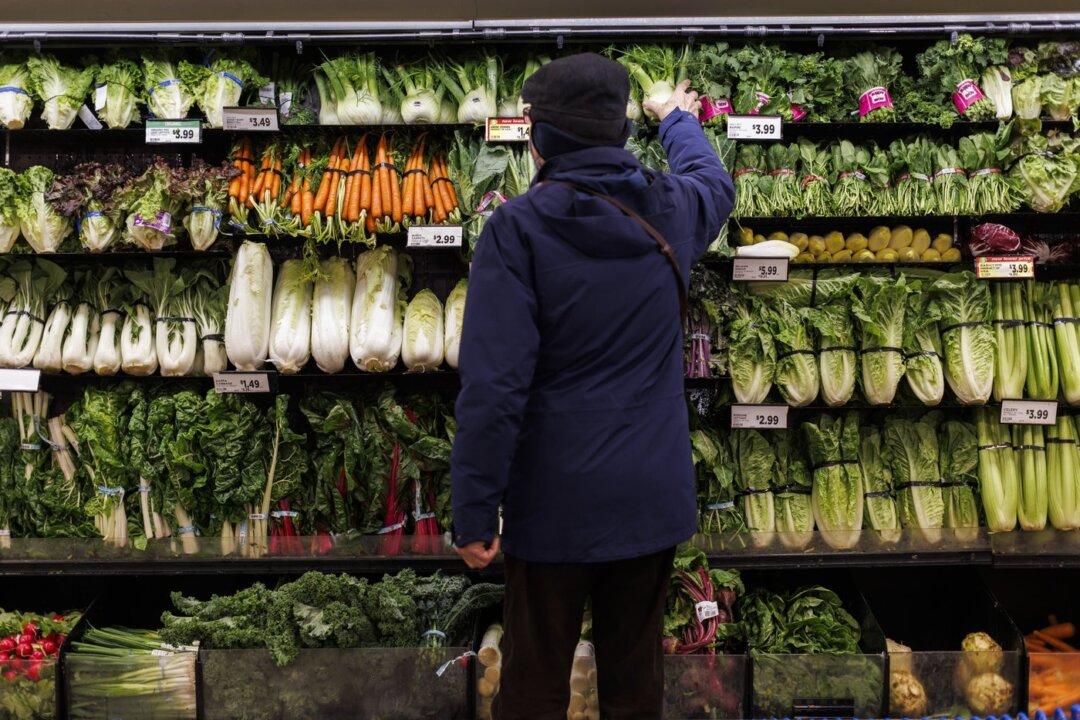Higher grocery prices continue to wallop Canadian household budgets, with food inflation ticking higher in May for the first time in nearly a year.
Statistics Canada reported on June 25 that grocery prices rose 1.5 percent in May, slightly higher than in April when they rose 1.4 percent. It marks the first acceleration in grocery prices since June 2023.





